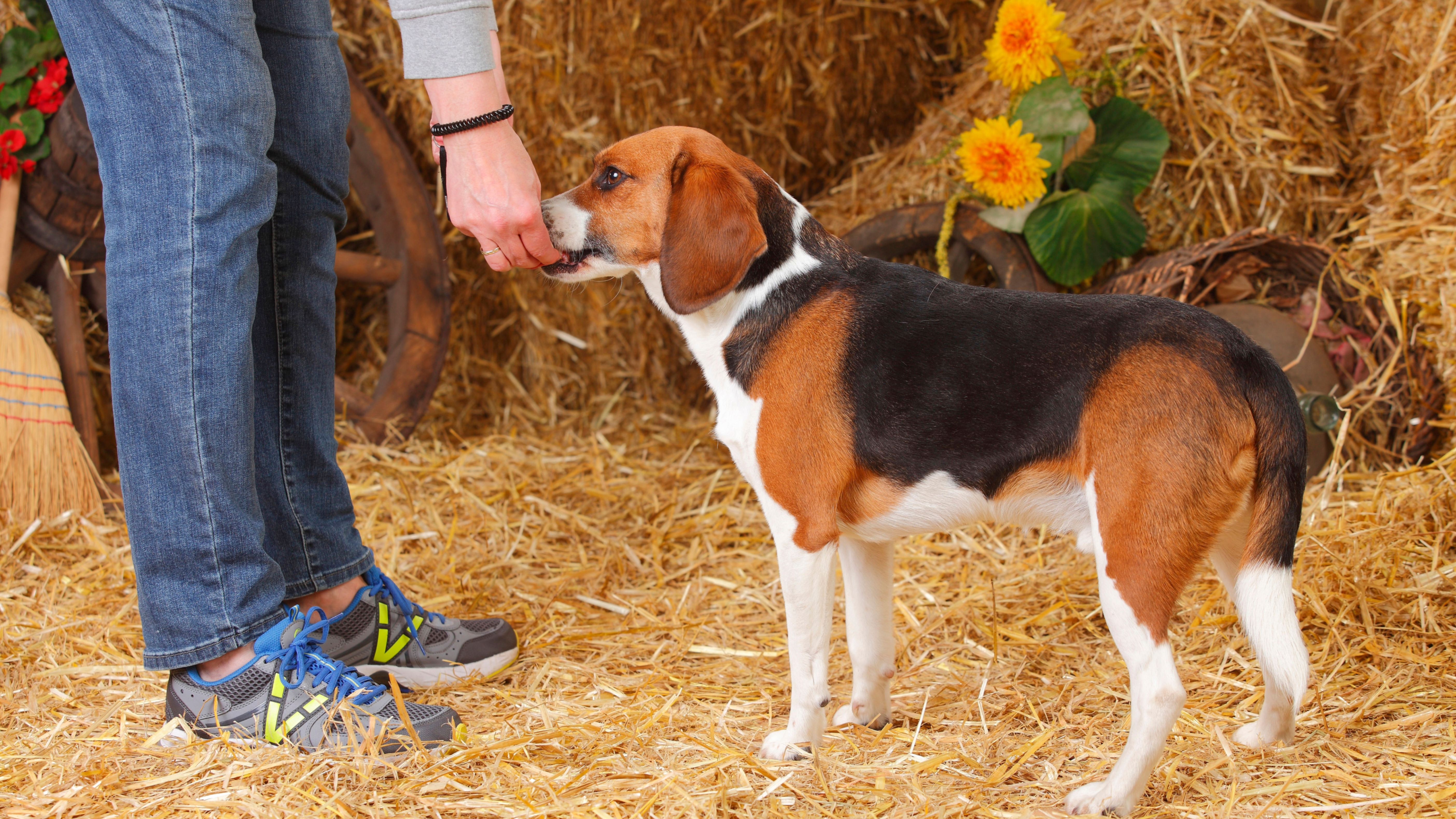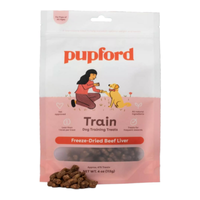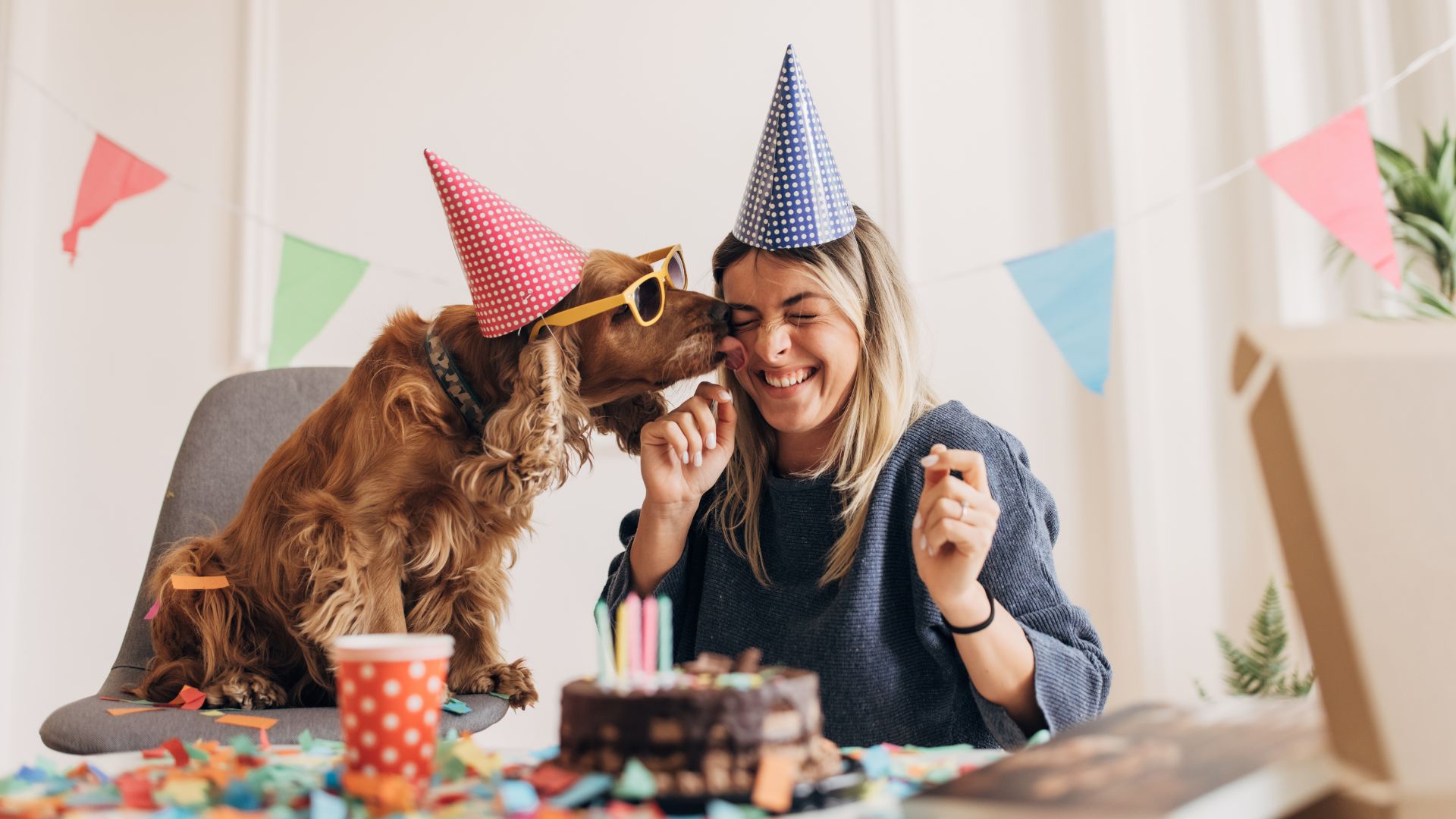If your dog only responds when you have a treat, try this trainer's simple advice
When a dog isn’t playing ball, it’s usually down to confusion rather than disobedience.

For most of us, treats are an important part of our dog’s training routine. Dogs tend to be food-motivated, and treats are easy to grab, keep in our pocket, and use when needed.
However, you might find that your dog only responds to you when you have a treat, which isn’t ideal if you need them to listen to you but you don’t have one to hand!
While it’s great to use some of the best dog treats in your training, it’s a good idea to encourage your dog to listen and respond when you don’t have any treats, too – just remember that, if you’re in a training session, it’s still important to give them a treat after they’ve shown the desired behavior.
So, what do we need to know? Well, Juliana DeWillems, expert trainer and the founder of JW Dog Training & Behavior, has offered some advice in a new Instagram post.
A post shared by JW Dog Training & Behavior Consulting (@jwdogtraining)
A photo posted by on
Pupford Beef Liver Training Freeze-Dried Dog Treats
We gave these to our tester Isaiah for his dog Hayes to try. He reports back that they're his new favorite treat and are a suitable size for training. "He could and would eat the whole bag if allowed!"
“One reason dogs will only respond if they see you have food in your hand is because the food actually becomes part of the cue,” DeWillems explains. “This can happen if you use luring to teach the behavior, meaning you used the treat in your hand to get your dog into the position you wanted.
“When we don’t fade the food quickly enough in the teaching phase, it becomes part of the picture that cues the dog to do the behavior.”
So, what we need to do is fade the food lure out of the behavior, giving us a food-free hand signal to use. As a result, your pup should respond to your cue, regardless of whether they see food in your hand or not. But remember, you do still want to reward your dog with a treat once they’ve actually completed the behavior – training dogs with treats is crucial! As DeWillems says, “Behaviors that get rewarded get repeated.”
PetsRadar Newsletter
Get the best advice, tips and top tech for your beloved Pets
She continues, “The biggest mistake people make when trying to fade a food lure is changing the picture too quickly, going from a fist with food to a totally different hand signal – this can be really confusing for the dog and they no longer know what you’re asking.”
It’s a good idea to begin with a few reps with the food, before repeating the exact same motion but without the food. Once you’ve done this a few times, always rewarding your pup afterward, slowly begin to change your hand signal toward what you want.
When a dog isn’t giving you what you want, it’s often simply because they’re confused – not because they’re being stubborn or disobedient. The clearer you are, the more responsive your dog is likely to be.
If you’d like more training advice, why not take a look at these 27 practical tips for training your dog on your own? Meanwhile, we also have five of the most important dog commands and how to teach them.

Adam is a freelance journalist specialising in pets, music and culture, and mental health and wellbeing. He investigates and writes the large majority of news on PetsRadar, and collaborates with veterinary experts to produce informative pet care content.
Adam has a journalism degree from Southampton Solent University and a masters degree in Magazine Journalism from Cardiff University. He was previously senior editor at dog advice website DogTime.com, and has also written for The Independent, GoodToKnow and Healthline.
He owns two rescue cats, Bunny and Dougie, and has also previously had a rabbit, fish and Roborovski dwarf hamsters.

